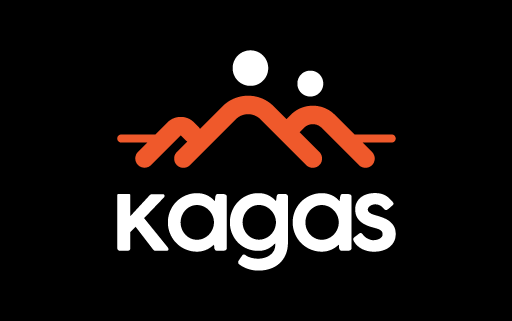Usha Silai School Program
Livelihood generation is a skill and the skill has to be passed on to others to help them earn their livelihood by themselves so that more and more people get the benefit. Usha Silai School project was started with this vision to spread the culture of learning and training to help the community women earn regular income. The idea was to create a pool of master trainers, who could further train others how to do tailoring and stitching. KAGAS, with the support of Usha International under Corporate Social responsibility (CSR), is implementing this program in Pithoragarh and Champawat districts of Uttarakhand.
Objective of the Project
- To reach the most remote villages of the areas through its Silai School Program
- To reach out to the most marginal communities and would focus on women who have an inclination towards sewing by imparting sewing skills to them and encouraging them to train other village girls and women of the community
Each woman participating in the training program was given a sewing machine, the know-how of stitching and the art of maintenance and repair of a sewing machine. In return, after successful completion of the training, the women would train at least 20 other women in a span of 1 year. This is such a program that provided multiple skills to the women for livelihood generation such as:
- Entrepreneurship: Income from stitching
- Teaching: Income from teaching sewing
- Service & Maintenance: Income from servicing the sewing machine of others
The basic features of Usha Silai School
- The women entrepreneurs would teach girls and women to sew in the sewing school
- She would be responsible for teaching the women who come to her, the syllabus prescribed to her by Usha International Ltd.
- The women would charge a nominal fee from the learners to augment their income. The amount of fee charged would lie at the discretion of the women entrepreneur. The fee collected would be her income
- The women entrepreneur would be responsible for the upkeep and maintenance of the sewing machines so that there is no discontinuity in the running of the Silai School
- The women entrepreneur would manage the training schedule in terms of assigning slots to the learners for practicing on the sewing machine at Silai School
- The women entrepreneurs would be involved in all the three modes of income generation to prove the success of the program
- KAGAS would have been instrumental in getting learners to the Silai School
Program Outcome
- Through this program, 50 women were provided 10-Days training by National Institute of Fashion Designing (NIFT)
- After successful completion of the training, they were provided with one sewing machine each participant and motivate them to start an Usha Silai School in their villages and trained to interested women at village level and get some fees from trainees.
- 30 out of 50 women have started their Silai School and started earning 1500 to 2000 per month.
- 10 of them have started Silai School in remote village areas and training 30 candidates per month and charges nominal fees from the candidates.
- 5 women have become entrepreneur and opened stitching shop in nearby town and employed 2 to 3 women. Have stated generating income.

A voluntary organization based out of Pithoragarh, KAGAS has been working on to bind all threads possible to uplift the lives and the living of the rural poor and employable youths of the hilly region of Northern India.
Campaigns
Back on Track India
Promotion of Organic Farming
Usha Silai School Programme
Udaan Programme
Reproductive Child Health Program
Community Health Project
Targeted Intervention Program
KOPAL Program
A R S H Program
Room to Read (Library Program)
